Bo-Taoshi - A Japanese Team Sport That Breaks Safety Rules and Bones
Extreme Japanese Tradition: Bo-Taoshi
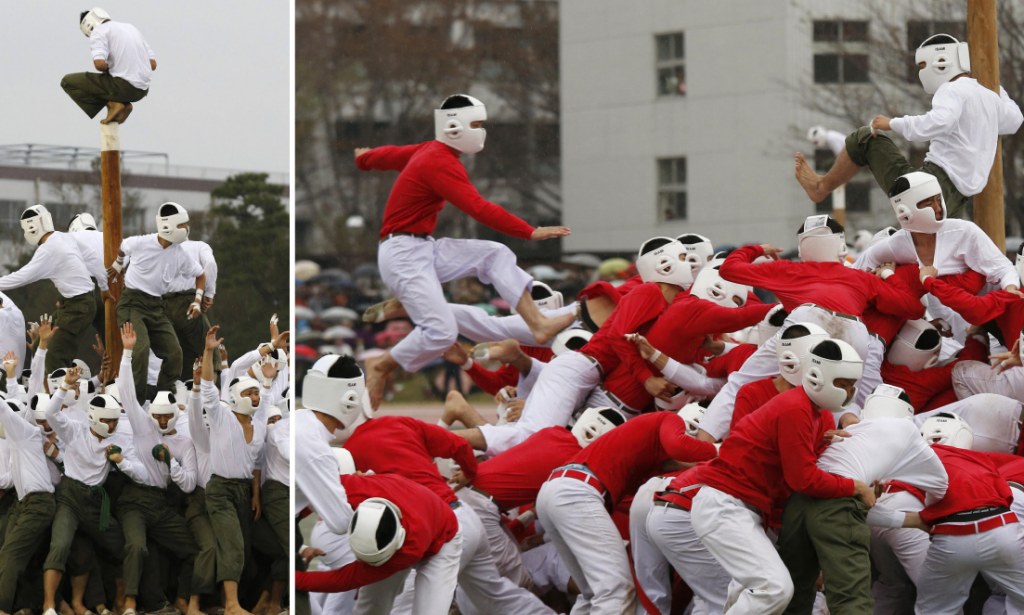
At first glance, Bo-Taoshi may resemble a scene from an epic battle where all holds are allowed, and the battlefield resonates with the wild cries of the players. In this game, tradition meets chaos in a spectacular style, combining elements of rugby, sumo, and even martial arts, creating a spectacle that surely has no equal in the world of sport.
However, behind this extreme gameplay lies more than just the pursuit of victory at all costs. Bo-Taoshi is a reflection of Japanese culture, where long-standing traditions still play a key role in contemporary life. This game, rooted in military exercises from the early 20th century, has become a symbol of courage, endurance, and unwavering team spirit. It's not just a test of physical strength but primarily a trial of character, where each player contributes a piece of their heart (and sometimes a bit of their health).
History and Origin: From Military Drills to Colorful Festivals
Bo-Taoshi, or "pole toppling," is a game whose roots reach further than might appear at first glance. Its name, written using the kanji characters 棒 (bo - pole) and 倒し (taoshi - toppling), literally translates to the action that forms the core of this traditional Japanese game. The history of Bo-Taoshi begins in the dark times when it was a form of military training, preparing young cadets for the physical and strategic challenges of the battlefield.
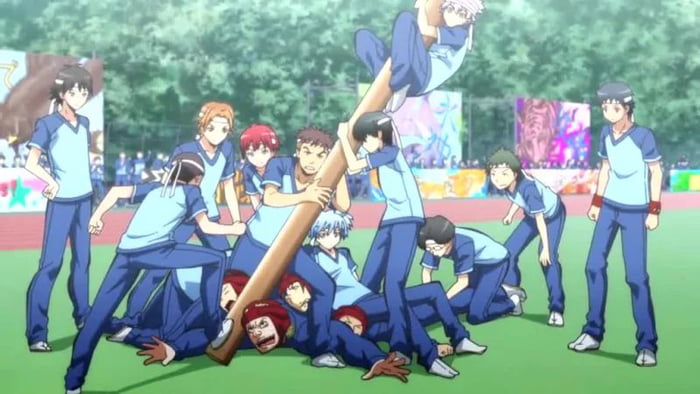
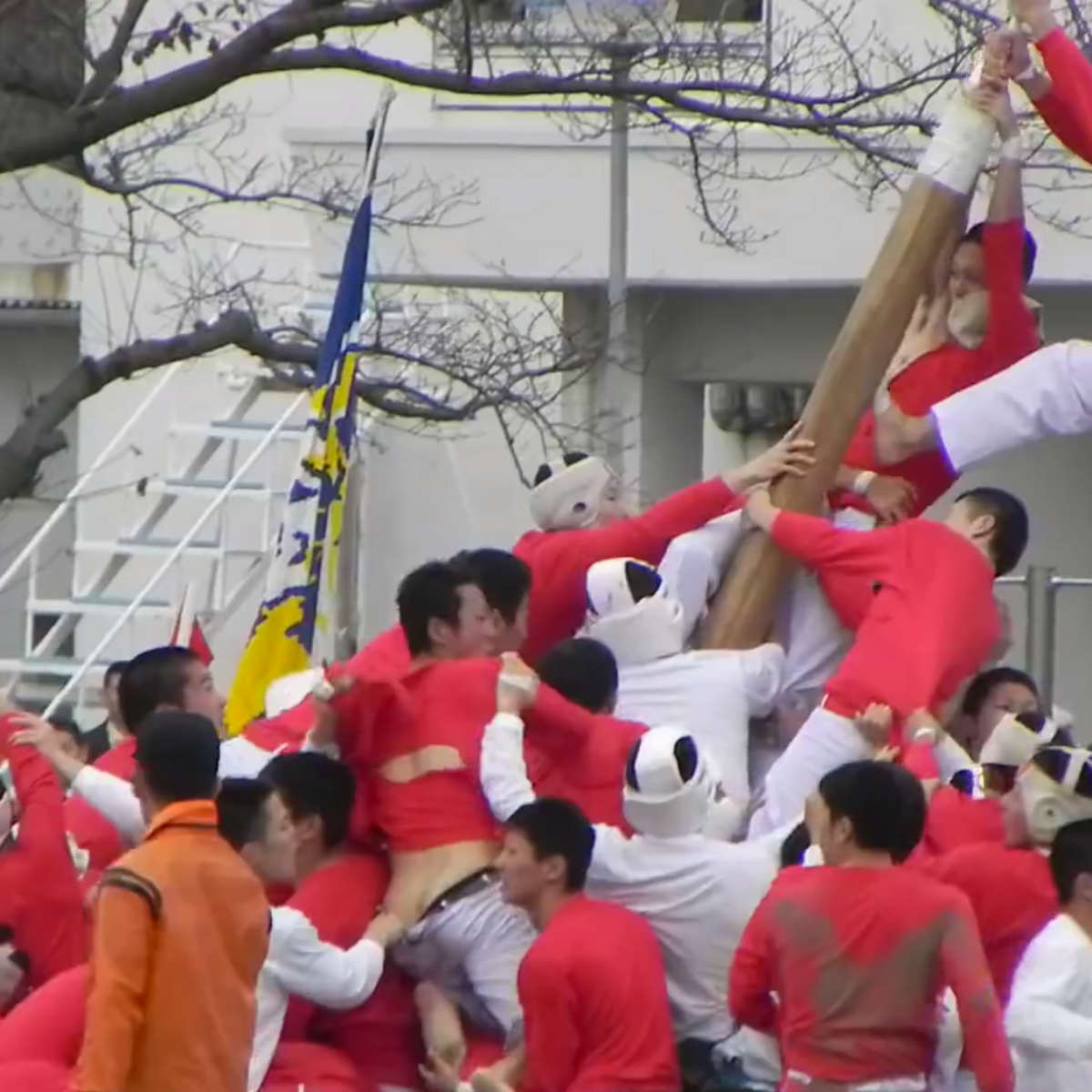
The transition of Bo-Taoshi from military exercises to the civilian entertainment sphere occurred parallel to changes in Japanese society, which, after World War II, was seeking ways to rebuild national identity and unity. It was a time when Japan, previously nationalist and militaristic and allied with Nazi Germany, had to change its national philosophy from militaristic to completely pacifist after surrender. Thus, a sport with military characteristics could either disappear or change its colors to civilian.
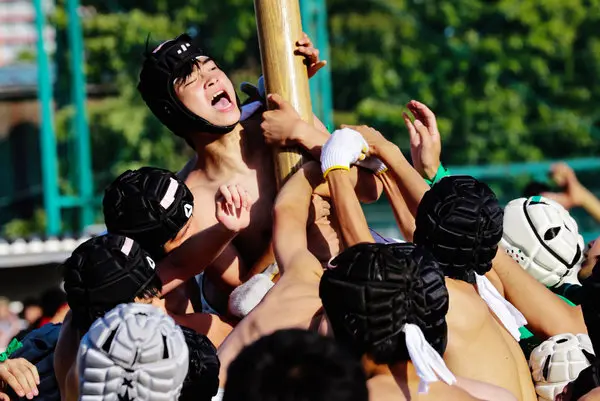
Modern Bo-Taoshi, while still risky, is much more organized and safer than its early versions. Schools and academies that continue this tradition do so with great care for the safety of participants, while emphasizing the values of teamwork and honor. Bo-Taoshi remains a living element of Japanese cultural heritage, a celebration of youth, strength, and indomitable spirit.
The Rules of the Game or What is the Method in This Chaos?
Basic Goal of the Game
At the heart of Bo-Taoshi lies a simple, albeit exceptionally difficult to achieve, goal: to topple the opponent's pole (or stick) so that it leans at an angle of at least 30 degrees from the ground. The game is played in an open field, where two teams of 150 players (75 attackers and 75 defenders) each compete with each other, trying to achieve this very goal. The match usually lasts a few intense minutes.
 Role Division
Role Division
In Bo-Taoshi, players are divided into two main categories: attackers and defenders, with an additional, crucial role of the "ninja" at the top of the pole.
-
Attackers: Their primary task is to topple the opponent's pole. Attackers often use group tactics, forming human pyramids or supporting each other to increase their chances of reaching the pole and tilting it.
-
Defenders: The task of the defenders is to protect their own pole from being toppled. Defenders form living barriers around the pole, using their bodies to prevent it from moving. Among the defenders are those specializing in specific defenses, such as blockers, who try to stop the attackers from reaching the pole.
-
Ninja: This is the person sitting at the top of the pole, whose task is to keep the pole upright at all costs. The "ninja" not only balances at the top but also actively hinders the attackers from achieving their goal, often through kicking or pushing.
Scoring Methods
In traditional Bo-Taoshi, scoring is straightforward: the team that first topples the opponent's pole so that it leans at the required angle wins the match. Bo-Taoshi is more a celebration of honor and competitive spirit and less about maneuvering within the rules of the game, so it does not focus on scoring. If neither team achieves the goal within a set time, the game may end in a draw or be decided by an additional round.
Safety Rules
Despite its wild nature, Bo-Taoshi is governed by a set of safety rules aimed at minimizing the risk of injuries. Players wear helmets, knee pads, and other protective gear. Aggressive behaviors are divided into those allowed and those not allowed, and the game is closely monitored by referees to ensure the safety of participants.
Where is Bo-Taoshi played today?
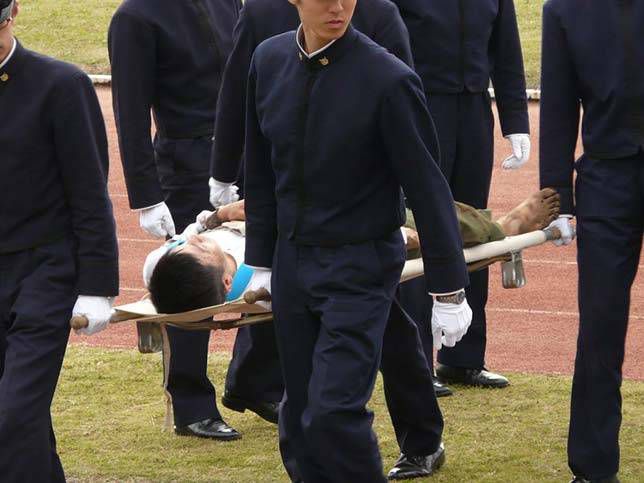
Over time, Bo-Taoshi has become the subject of some controversy, mainly related to the safety of participants. The dynamic and unpredictable nature of the game resulted in various types of injuries, from minor bruises to more serious injuries. 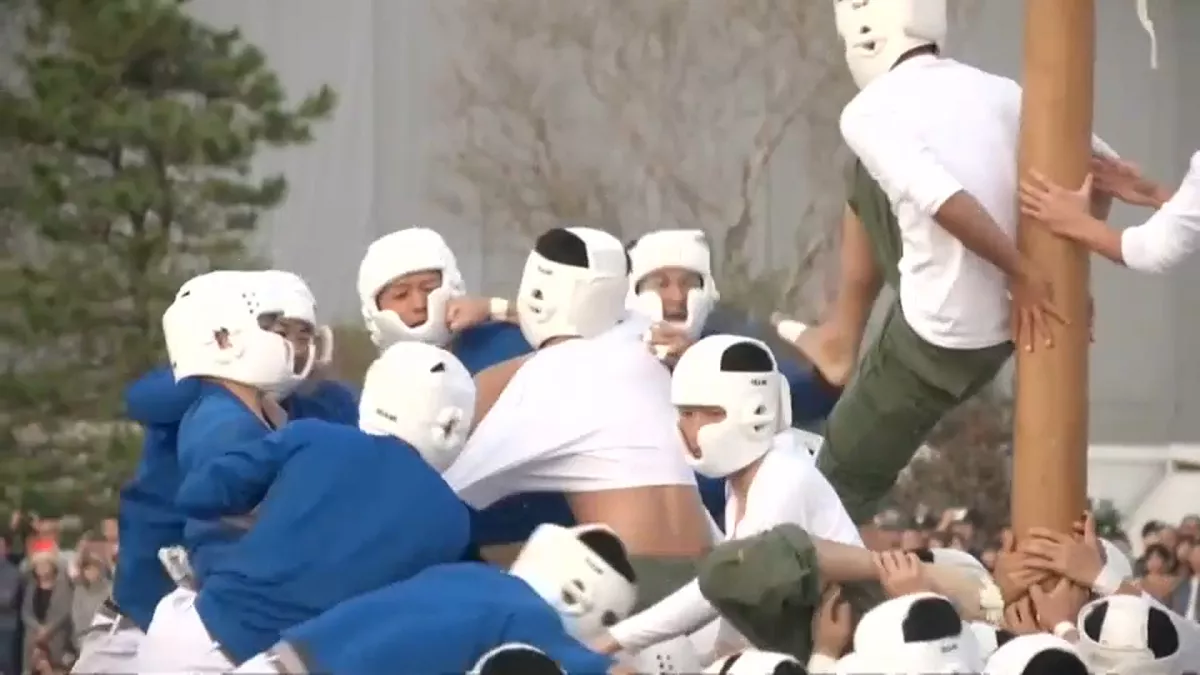
Bo-Taoshi does not have a formal league or organized, regular tournaments. Instead, it is often the highlight of sports festivals in high schools and military academies, mainly taking place as part of internal school ceremonies. These school festivals, known as "undokai," are an important element of Japanese culture, offering students the opportunity to compete in various disciplines, including Bo-Taoshi.
"Boutaoshi!" - the 2003 Movie

The central character of the film is Tsuguo Takayama, played by Shinya Tanuichi, who, despite an initial lack of interest in Bo-Taoshi, discovers a passion for the game, motivated by his father's mockery. The film follows his journey through personal and sporting challenges, showing how Bo-Taoshi becomes a tool for him to overcome familial difficulties and build self-esteem.
"Boutaoshi!" portrays Bo-Taoshi at the height of its popularity, before the game was deemed too dangerous. The film offers a unique insight into the social and cultural significance of this game in Japan, highlighting both the physical and emotional challenges that come with participating in Bo-Taoshi, as well as the deep bonds it creates among players.
Bo-Taoshi – the Most Japanese of Japanese Sports
Although Bo-Taoshi may seem like an extreme and chaotic sport, it is primarily an opportunity to cultivate team bonds and build character. It is a game that appreciates not only physical strength but also determination and fighting spirit. Whether played at school festivals or during military ceremonies, Bo-Taoshi is not just a sport but a celebration – of strength, determination, team fighting, and tradition.
>>SEE ALSO SIMILAR ARTICLES:
Serious Snowball Fighting, Aka the Japanese Team Sport Yukigassen
The Determination of Young IYO SKY: From Home Training with Her Sister to the Pinnacle of WWE Rings
Shinsuke Nakamura – The Japanese Spirit of an Artist in the WWE Ring
Asuka – The Wild WWE Wrestler from Japan, Gamer, and Graphic Designer
"Strong Japanese Women"
see book by the author
of the page
未開 ソビエライ
An enthusiast of Asian culture with a deep appreciation for the diverse philosophies of the world. By education, a psychologist and philologist specializing in Korean studies. At heart, a programmer (primarily for Android) and a passionate technology enthusiast, as well as a practitioner of Zen and mono no aware. In moments of tranquility, adheres to a disciplined lifestyle, firmly believing that perseverance, continuous personal growth, and dedication to one's passions are the wisest paths in life. Author of the book "Strong Women of Japan" (>>see more)
Personal motto:
"The most powerful force in the universe is compound interest." - Albert Einstein (probably)
Mike Soray
(aka Michał Sobieraj)
未開 ソビエライ
An enthusiast of Asian culture with a deep appreciation for the diverse philosophies of the world. By education, a psychologist and philologist specializing in Korean studies. At heart, a programmer (primarily for Android) and a passionate technology enthusiast, as well as a practitioner of Zen and mono no aware. In moments of tranquility, adheres to a disciplined lifestyle, firmly believing that perseverance, continuous personal growth, and dedication to one's passions are the wisest paths in life. Author of the book "Strong Women of Japan" (>>see more)
Personal motto:
"The most powerful force in the universe is compound interest." - Albert Einstein (probably)
Mike Soray
(aka Michał Sobieraj)
Write us...
Ciechanów, Polska
dr.imyon@gmail.com
___________________
inari.smart
Would you like to share your thoughts or feedback about our website or app? Leave us a message, and we’ll get back to you quickly. We value your perspective!


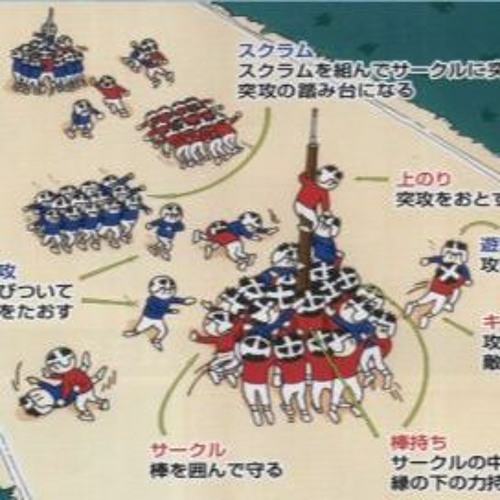 Role Division
Role Division



